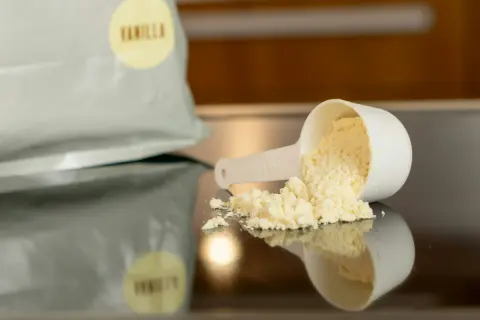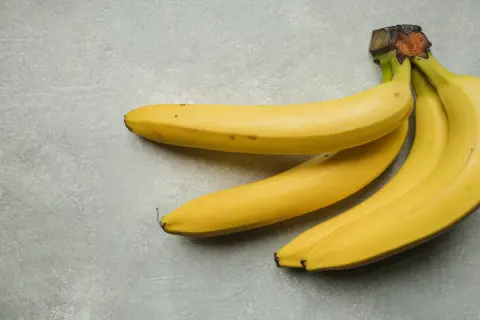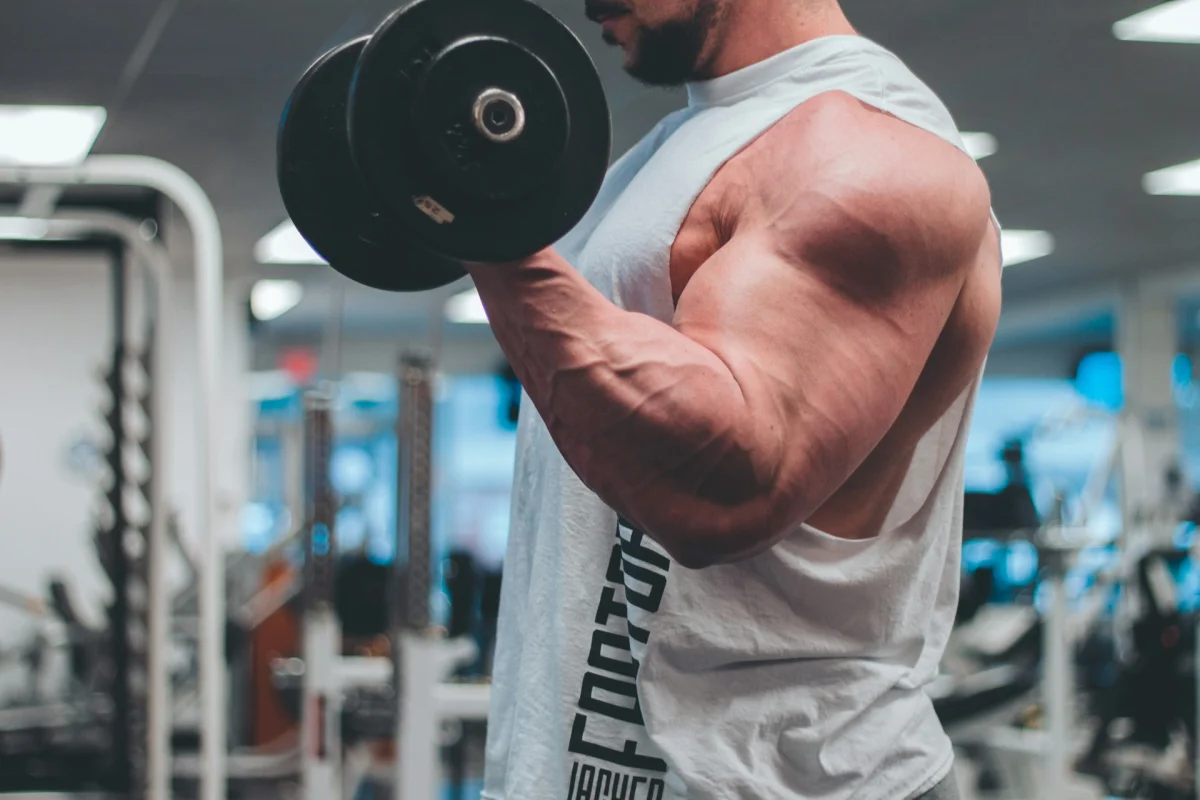 Thursday, July 24, 2025
Thursday, July 24, 2025More Than Just a Muscle: How to Make Your Biceps Grow
Whether you're picking up a dumbbell for the first time or have spent years in the gym, the biceps remain for many the symbol of strength, discipline, and aesthetics. But what lies behind this popular arm muscle? Which exercises are truly effective? And how can you optimally stimulate the biceps without falling into a monotonous curl routine? This blog provides you with deep insights, smart tips, and effective variations for maximum success in your training.
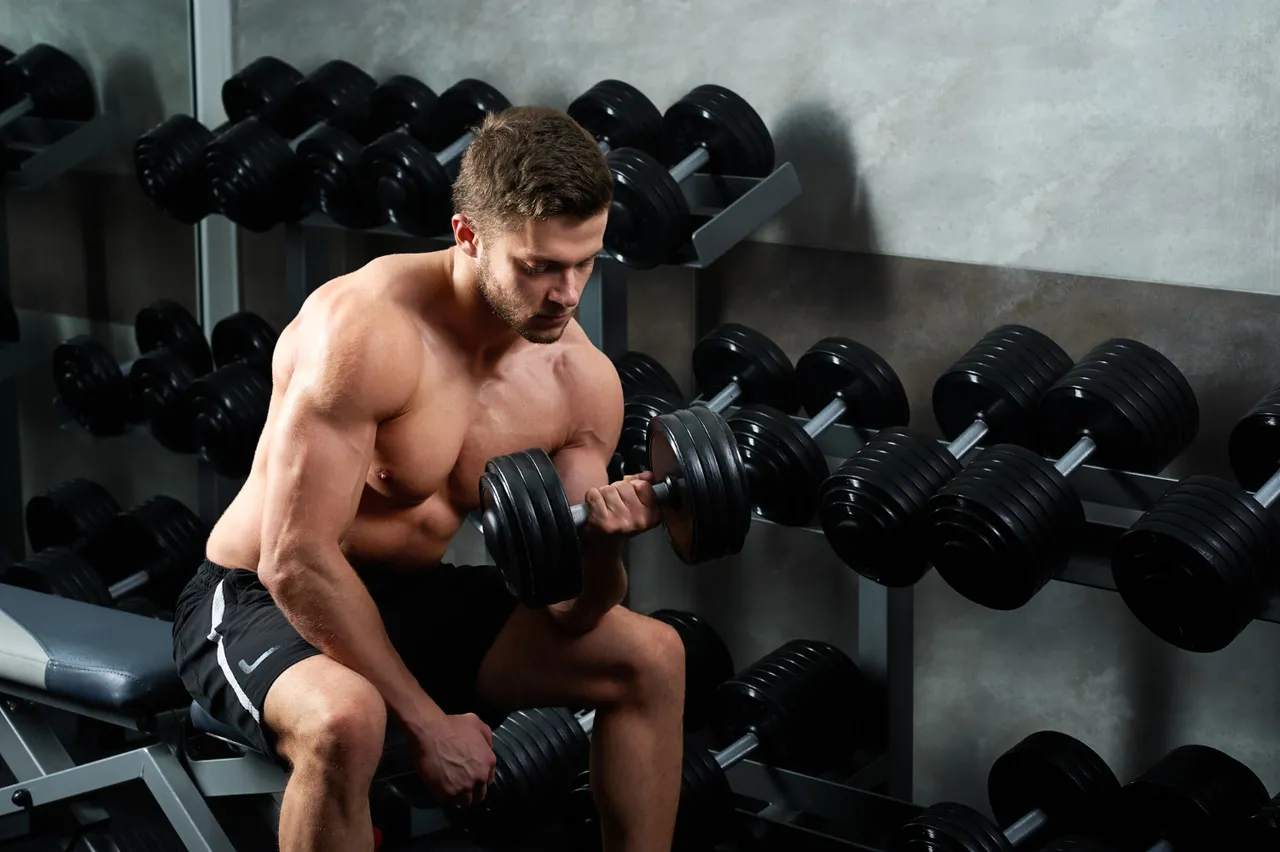
What Makes the Biceps So Special?
The biceps brachii, commonly known as the biceps, consists of two muscle heads: the long head (Caput longum) and the short head (Caput breve). Both heads originate at the shoulder and attach to the radius. Its primary function is the flexion of the elbow and the supination of the forearm — that is, rotating the palm upwards. Often forgotten is that the biceps also plays a role in certain shoulder movements, which can be relevant for your training.
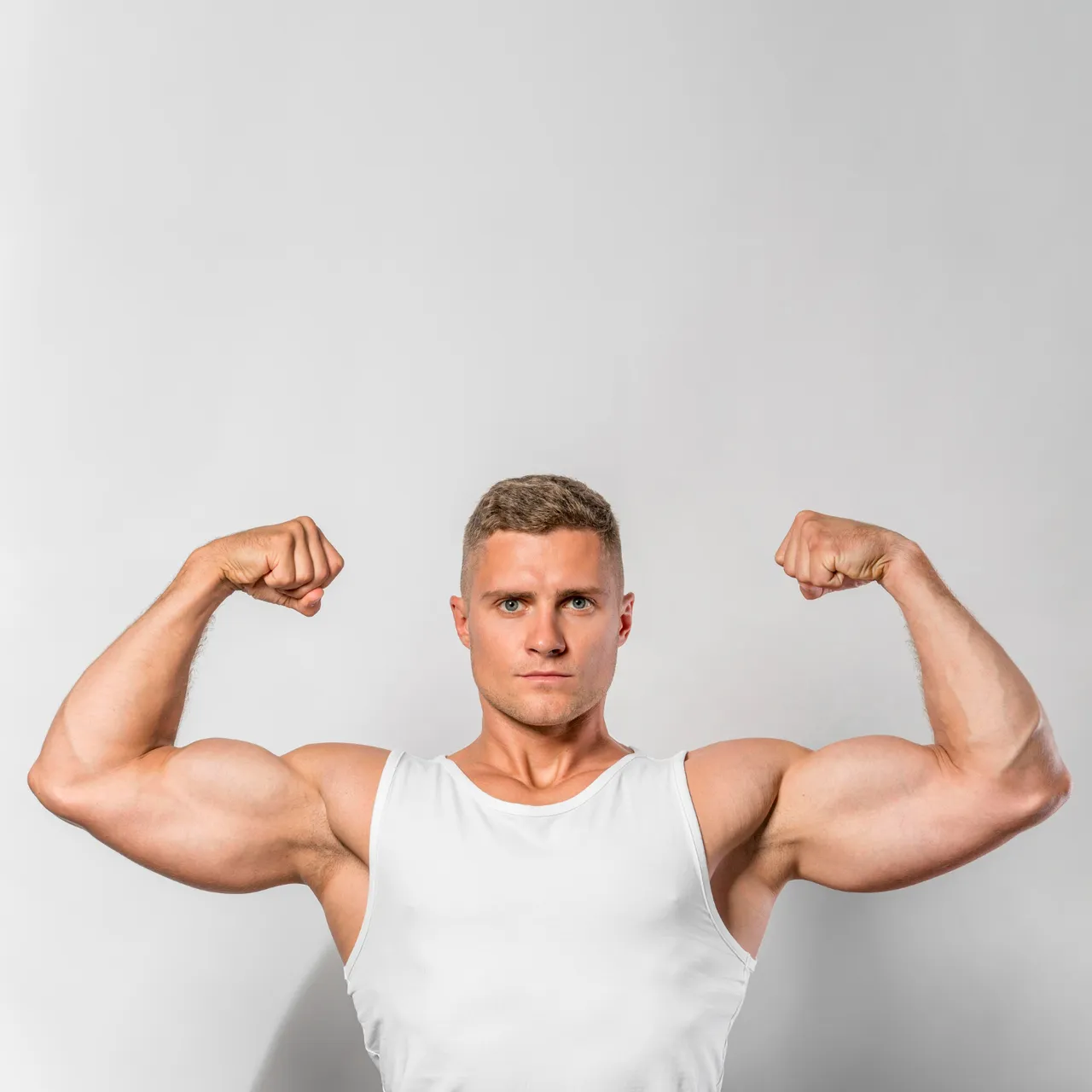
Biceps Training: Beyond Just Curls
Many athletes train their biceps in isolation, often with the classic barbell or dumbbells. However, for those who truly want to see progress — both in mass and strength — looking beyond the usual is essential.
Here are a few key principles:
- Train at different angles: Use various curl variations (e.g., incline curls, concentration curls, or hammer curls) to effectively target all fibers.
- Control your tempo: Performing the eccentric phase (lowering) slowly increases muscle tension — and thus the growth stimulus.
- Use supination consciously: With dumbbell curls, you can actively rotate into supination to maximally contract the biceps.
- Don't just isolate: Combine curls with pulling exercises like pull-ups, rows, or face pulls — for functional strength.
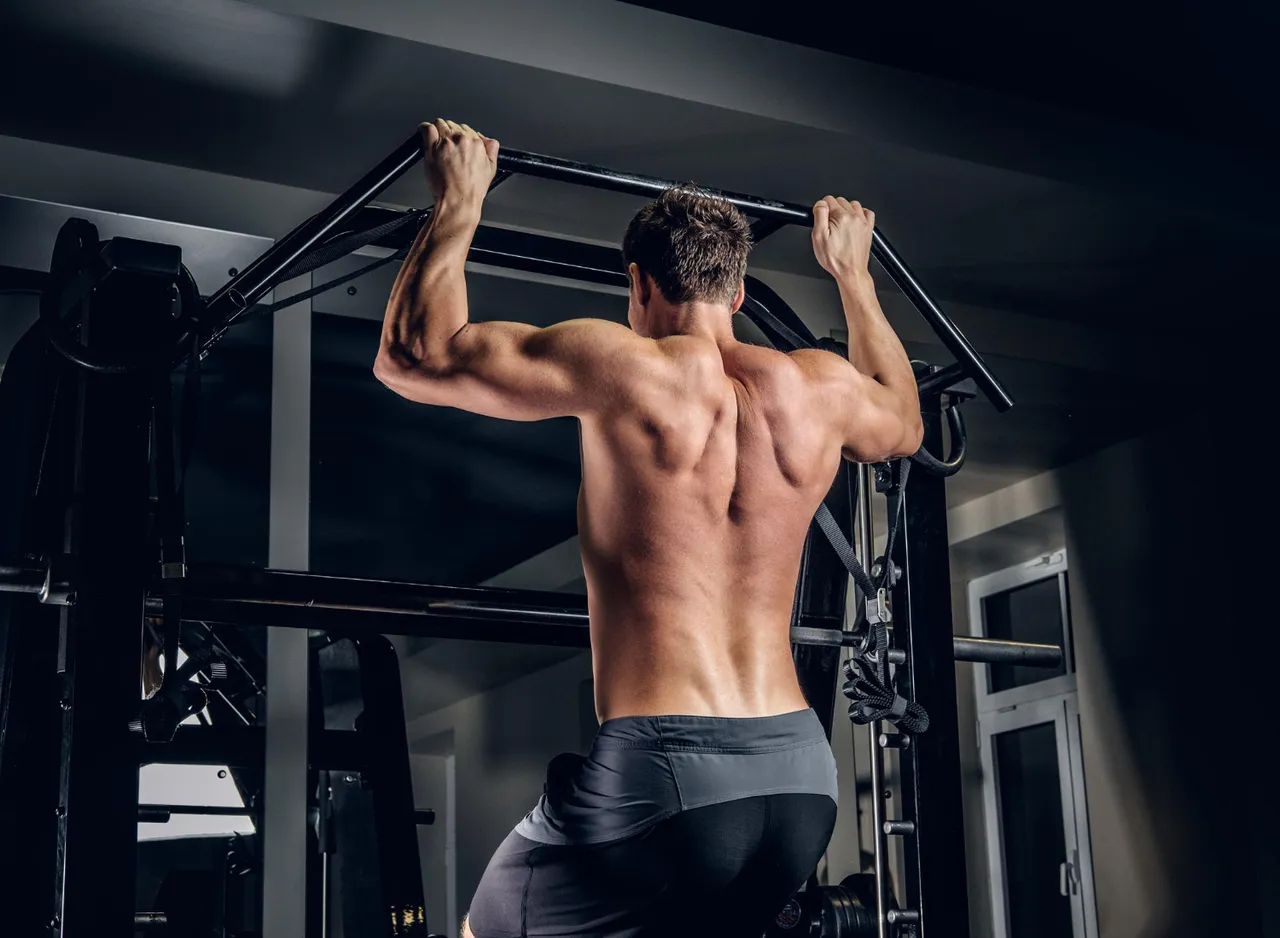
Effective Exercise Variations for Your Biceps Training
| Exercise | Description | Focus |
|---|---|---|
| Barbell Curl | A classic for both heads. Remember to maintain shoulder stability. | Mass & Strength |
| Concentration Curl | Performed sitting with one arm — excellent muscle activation. | Peak Contraction |
| Incline Curl | Arms behind the body — strong stretch of the long biceps head. | Stretch & Length |
| Spider Curl | On an incline bench, face down — isolates the biceps, minimal momentum available. | Isolation |
| Hammer Curl | Neutral grip, additionally activates the brachialis and forearm muscles. | Density & Forearm Look |
| Zottman Curl | Lift with supination, lower with pronation — combines biceps and forearm training. | Function & Variation |
| Cable Curl | Constant tension due to the cable — less joint stress. | Tension Over Full ROM |
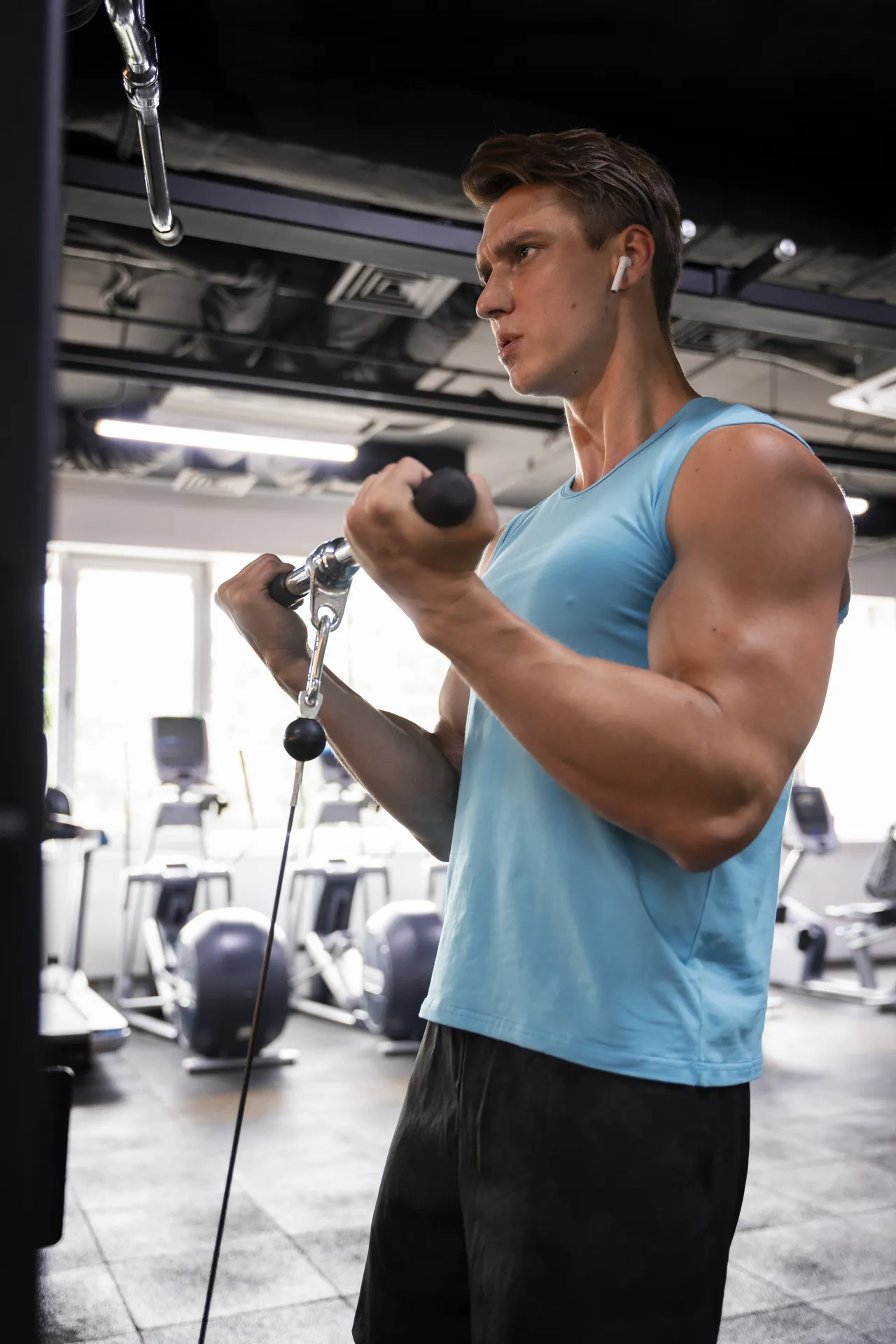
Common Mistakes in Biceps Training
Many people make small but crucial mistakes during biceps training. Here are some of the most common ones and how to avoid them:
- Too much momentum: If you rock your torso, you relieve the biceps and cheat your way through the training.
- Too much weight: Muscle growth requires tension, not ego. Too heavy a weight leads to improper technique.
- Always the same rep range: The biceps also loves variety — sometimes 6–8 reps, sometimes 12–15.
- Incomplete movements: If you only do partial repetitions, you leave potential untapped.
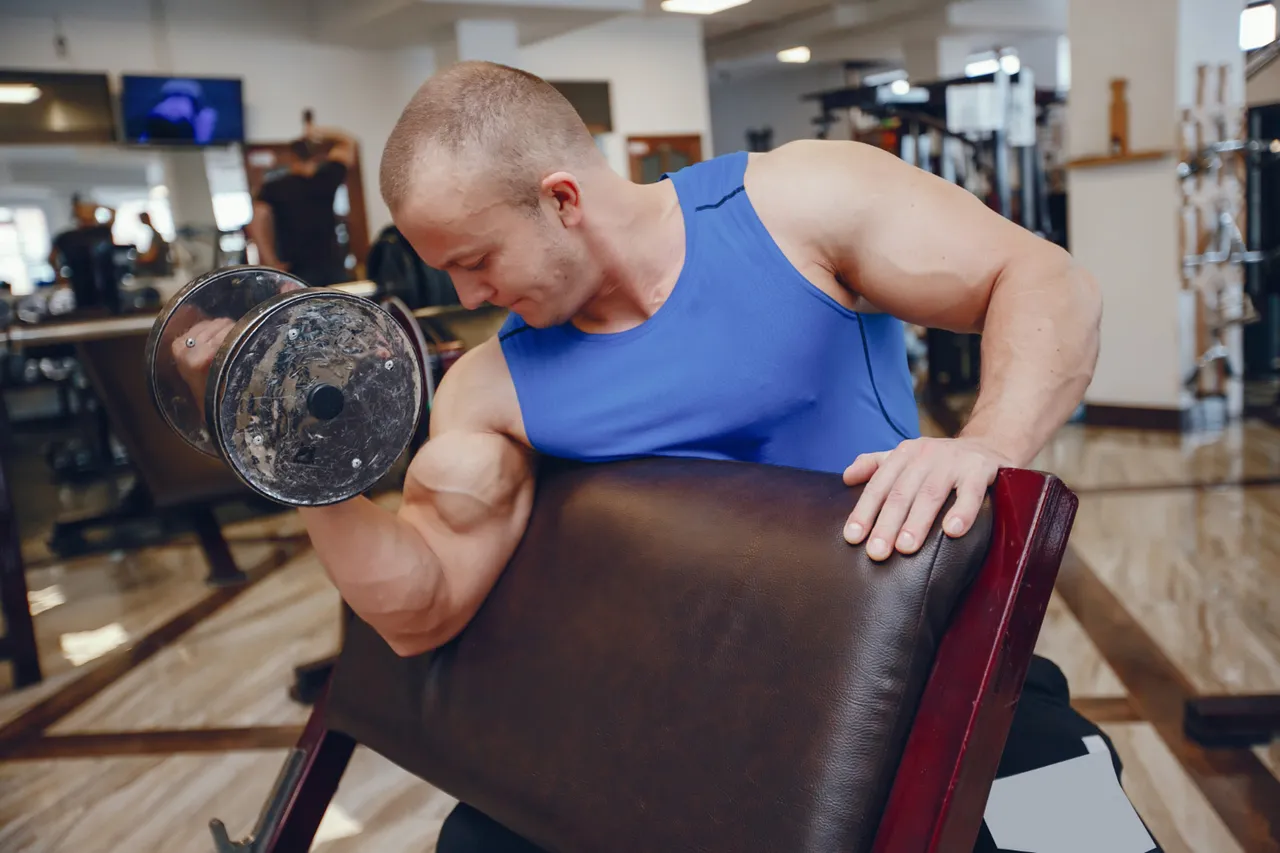
Training Frequency and Recovery
The biceps is a small muscle that can recover quickly — provided you give it an intense training stimulus. 2–3 isolated biceps sessions per week (with 2–4 sets each) often suffice if you also perform compound pulling exercises like rows or pull-ups.
However, pay attention to enough sleep, protein intake, and moderate training intensity. Microtears in the muscle need time — and without recovery, there's no growth.

Insider Tip: Don’t Forget the Brachialis
Between the biceps and triceps lies the brachialis, a deep muscle that makes your arm appear thicker as it grows. Exercises like hammer curls or reverse curls specifically activate it. A well-developed brachialis makes the biceps stand out even more.
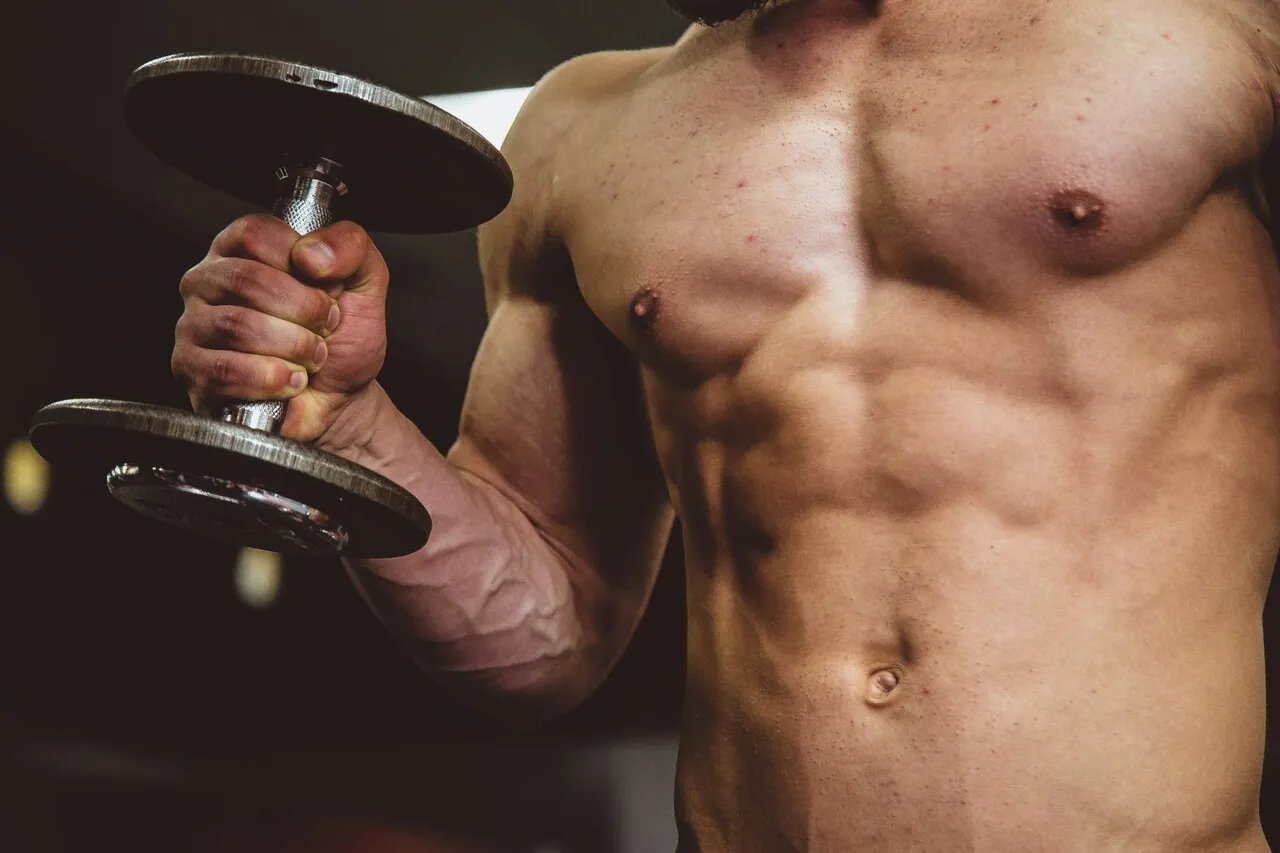
Conclusion
The biceps is more than an aesthetic muscle package — it’s a functional muscle that can grow impressively with strategy and variation. Those who master the basics such as curls, supination, and controlled training will see progress. But those who also incorporate different angles, rep ranges, and complementary muscles like the brachialis take their training to a new level.

